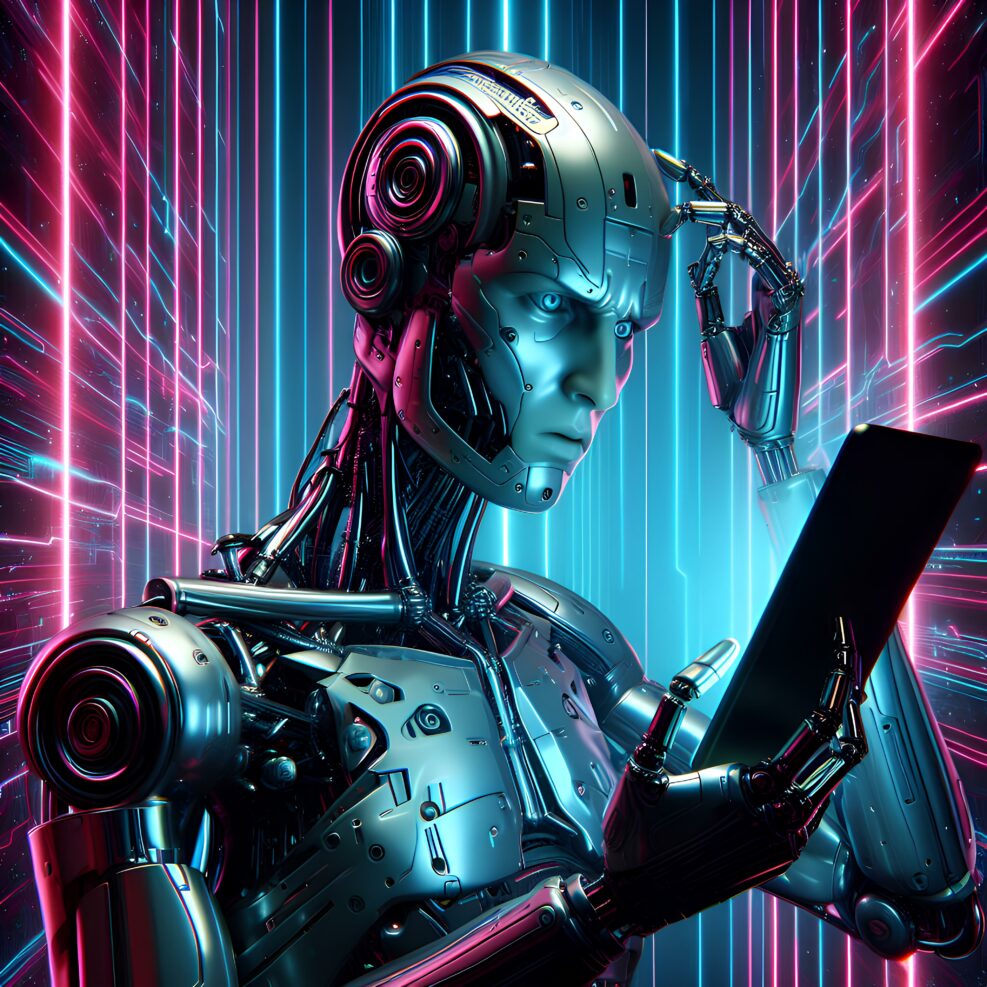
Erik J. Larson is a Fellow of the Technology & Democracy Project at Discovery Institute and author of The Myth of Artificial Intelligence (Harvard University Press, 2021). The book is a finalist for the Media Ecology Association Awards and has been nominated for the Robert K. Merton Book Award. He works on issues in computational technology and intelligence (AI). He is presently writing a book critiquing the overselling of AI. He earned his Ph.D. in Philosophy from The University of Texas at Austin in 2009. His dissertation was a hybrid that combined work in analytic philosophy, computer science, and linguistics and included faculty from all three departments. Larson writes for the Substack Colligo.
Larson’s Ph.D. dissertation served as the basis for the writing of a provisional patent on using hierarchical classification techniques to locate specific event mentions in free text. His work on supervised machine learning methods for information extraction and natural language processing (NLP) helped him found a software company in 2007 dedicated to research and development on classifying blogs and other web text online. Larson wrote several successful proposals to the Defense Advanced Research Projects Agency (DARPA) and was awarded over $1.7 Million in funding to perform cutting-edge work in AI. His company was based in Austin, Texas and Palo Alto, California.
In addition to founding and heading the company, Larson has over a decade of experience as a professional software developer and a scientist in NLP, a central field in artificial intelligence. He worked on the famous “Cyc” project at Cycorp, a decades-long effort to encode commonsense into machines led by Carnegie Mellon and Stanford professor, and AI pioneer, Douglas Lenat. Cycorp is best-known as a company dedicated to engineering the world’s first commonsense knowledge base, and Larson’s experience as an engineer at Cycorp has proven invaluable in his ongoing attempt to understand the challenges AI systems face in the real world. Larson has also held a position as a research scientist at the IC2 Institute at The University of Texas at Austin, where he led a team of researchers doing work on information extraction techniques for free text, a project funded in part by Lockheed Martin’s Advanced Technology Laboratories. He has held the title of Chief Scientist in an AI-based startup whose first customer was Dell (Dell Legal), Senior Research Engineer at AI company 21st Century Technologies in Austin, worked as an NLP consultant for Knowledge Based Systems, Inc., and has consulted with other companies in Austin, helping to design AI systems that solve problems in natural language understanding.
Archives

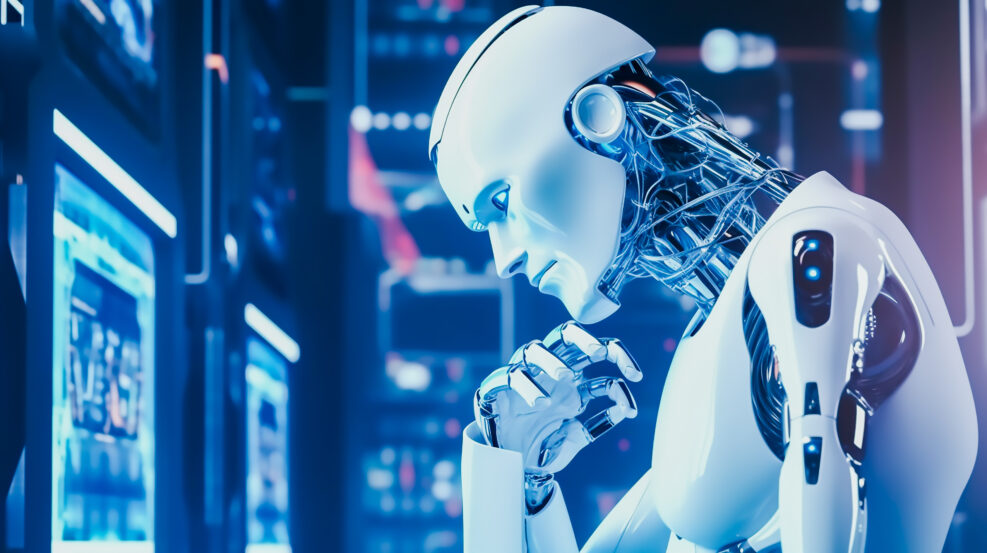
Why, Despite All the Hype We Hear, AI Is Not “One of Us”
It takes an imaginative computer scientist to believe that the neural network knows what it’s classifying or identifying. It’s a bunch of relatively simple math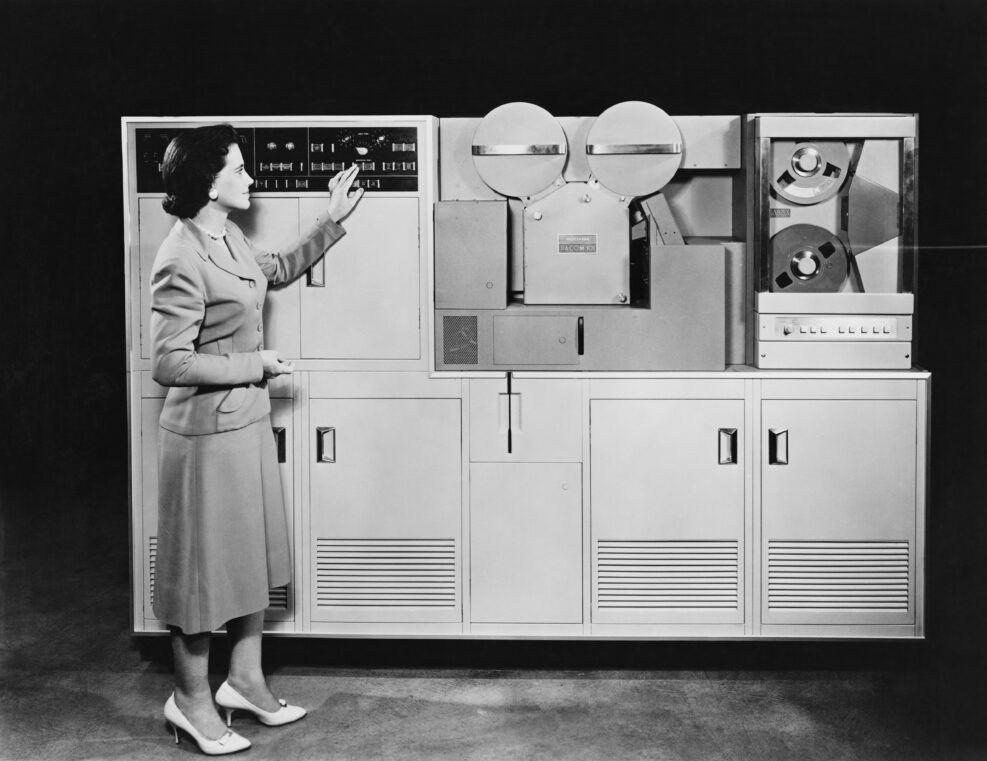
The Present Shock We’re Experiencing
Our modern obsession with the possibility of truly smart machinery keeps a self-important anti-humanism alive and kicking.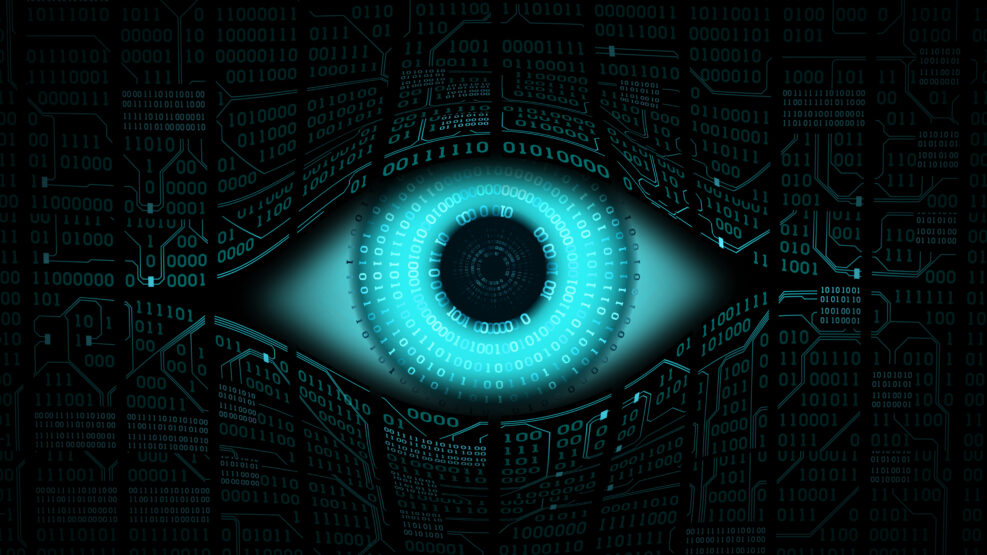
This is Digital McCarthyism
Far from being liberated by these technologies, we have been plunged back into the worst abuses of surveillance and privacy violation.
The Modern World’s Bureaucracy Problem
The Iron law states that any market reform or government initiative aimed at shrinking bureaucracy ends up expanding it.
Is ChatGPT a Dead End?
There is still no known path to Artificial General Intelligence, including ChatGPT.
What Mission Impossible Tells Us About AI Mythology
If you’re looking for an intelligent take on existential risk and superintelligent AI, the latest Mission Impossible movie is not for you.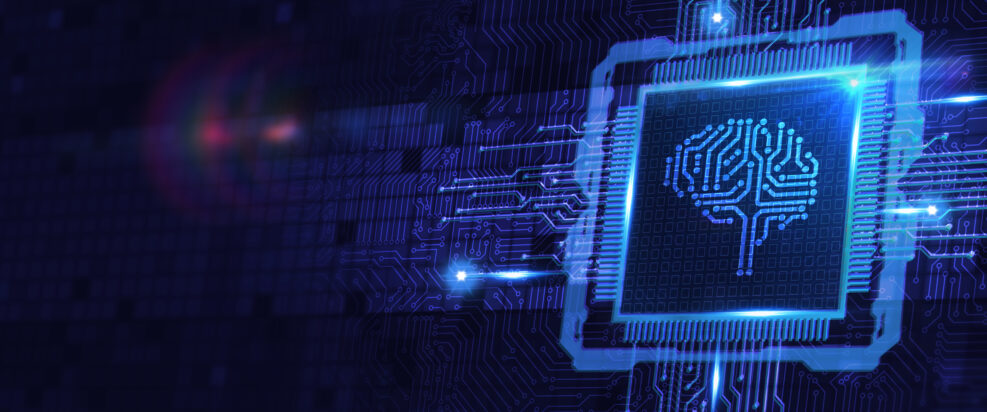
Why ChatGPT Is Killing Off Traditional AI
We're living in another AI "winter"
Don’t Expect AI to Revolutionize Science
Data science is a downstream phenomenon. Thinking isn't.